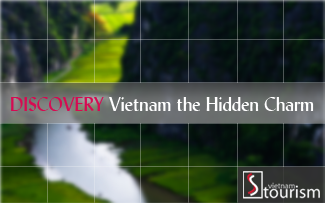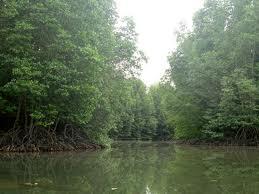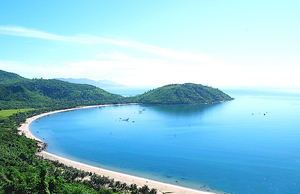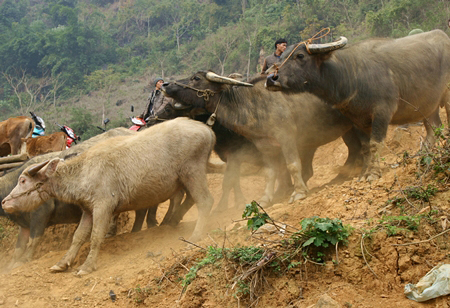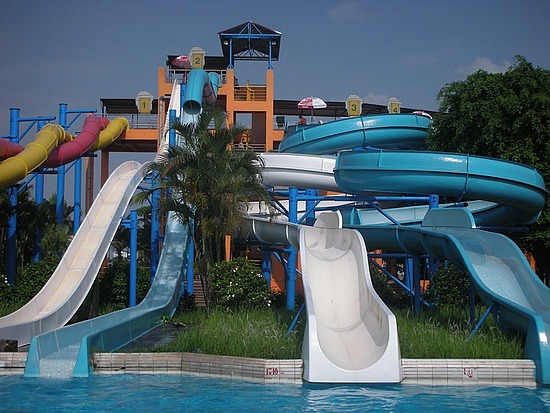Museum of Champa Sculpture in Da Nang
Published: Wednesday, 20/06/2012, 05:20 GMT+7
Hit: 1672
Built in 1915, the Museum of Champa Sculpture in Danang displays an intensive and numerous assortment of Champa sculpture dating from the seventh to the fifteenth centuries. The museum was established at the end of the 19th century by the Ecole Francaise d'Extreme Orient with a set of artifacts gathered in central Vietnam, from Quang Binh to Binh Dinh. They were then displayed at Le Jardin de Tourane on a tiny hill by the Han River. This is the location of this museum. The building was designed by 2 French architects, Delaval and Auclair, in imitation of the most commonly used aspects of Champa towers and temples.
In 1935 the museum was spread to show the artifacts excavated at Tra Kieu. The museum currently has on show about three hundred sandstone and terra-cotta sculptures. Most of the artifacts are masterpieces of Champa art and a few are thought of to be equal to works anywhere around the world.
The arts of the Champa were chiefly sculpture, however the sculptures are solely a part of the religious architecture. The temples and towers themselves are thought to be sculptural artifacts. They're embellished on the outside of their brick walls with bas-relief columns, flowers and leaves and worshipping figures with brick pillars. The tympana, lintels and also the decorative corner items are of sandstones carved with the figures of gods, the holy animals of the Hindus and flowers and leaves.
The artifacts displayed at the museum are altars, statues and ornamental works collected from Hindu and Buddhist temples and towers. Champa sculpture displays many kinds of designs. Sometimes, they were influenced by alternative cultures however notwithstanding at what amount or in what style the Champa artifacts were created they continuously displayed original characteristics.
Visitors come to the museum will have the chance to understand the eight centuries of evolution of Champa sculpture from its golden age to its decline. In their own method, the artifacts exemplify the increase and fall of the Champa civilization. When we stand before these inventive masterpieces we are able to understand the noblest ideal of art, the creation of the infinite from the finite.
Two periods of Champa arts are represented by the sculptures at the museum, before and after 1000 years.
The first period, from the latter 1/2 the seventh century to the top of the ninth century, witnessed the sensible development of Champa art, that mirrored the most prosperous era of the Champa kingdom. Champa art throughout this era clearly exposed the Champa's aesthetic temperament during a spirited, pure and liberal style.
Among the masterpieces of this era on show at the museum is the Tra Kieu Altar. The altar was used for the worship of Siva, the creator and destroyer of the globe, and also the symbols of her artistic ability, the Ling and Yoni, are gift on it. 4 scenes carved round the base of the altar tell the story of Prince Rama. He came to the citadel of Videha to do to interrupt the sacred bow of Rudra so he may marry princess Sita. Price Rama broke the bow, a task that had been tried by several before him, and he and the princess were wed.
The artifacts in the Dong Duong area (style of the 9th-10th centuries) make a deep impression with their vigorous, spirited and exaggerated style and represent the climax of the development of Champa art. These statues of the primary Champa kings, with the characteristic massive eyes and noses and thick lips of the native people, show their vitality and imposing look. These carvings show the absolute belief that a supernatural force was supporting the rule of the Champa kings during the period when Buddhism was the dominant force.
The second period lasted from the eleventh to the fifteenth centuries. The devastating wars from the end of the tenth century onwards took the Champa kingdom into decline, and also the relocation of the capital from Tra Kieu (Quang Nam) to Tra Ban (Binh Ding) in concerning the year 1,000 led to a new direction in their art. The experiences of the Champa had a direct influence on the development of Champa art. The second period of Champa sculpture had a special beauty. The ornamental motifs on the animals statues became additional ornate whereas those depicting humans became arid and uninteresting, gradually losing the passionate and expressive characteristics of the early period.
The artifacts discovered at Thap Mam (style of the 12th-14th centuries) are monumental sculptures of huge animals like elephants, makara (sea monsters) and garudas (the birds of the gods) that served as protectors of the temples and towers. The Thap Mam style with its many artifacts represents the last efforts of a civilization on the decline. Although, the exquisite skills of the sculptors can still be recognized on many statues. On the polished figures with their austere look are unearthly, calm smiles.
After the Thap Mam period Champa art collapsed. The Siva statue displayed within the Kontum area has an exhausted look. This was one of the last artifacts of the Champa sculptors. By the end of the seventeenth century the Champa aristocracy distegrated.
The eight centuries of art at the Champa museum is a thick history book reflecting the ups and downs of Champa art. From inanimate rock came living art, and from these wonderful invaluable artifacts we will get the sense that the heat from the Champa artists 'hand remains there, on the fine skin of the stone-timeless.
Source: vietnamimpression
Vietnam guide, Vietnam travel guide
Related content in Attractions

 bởi
bởi 